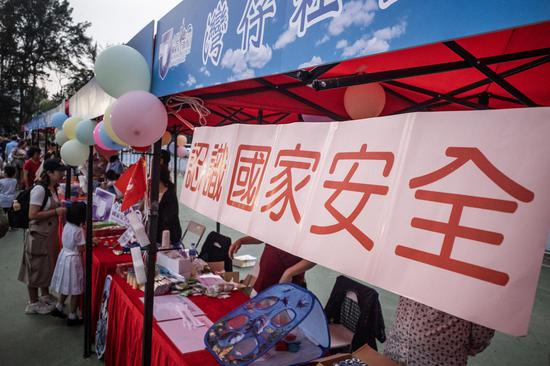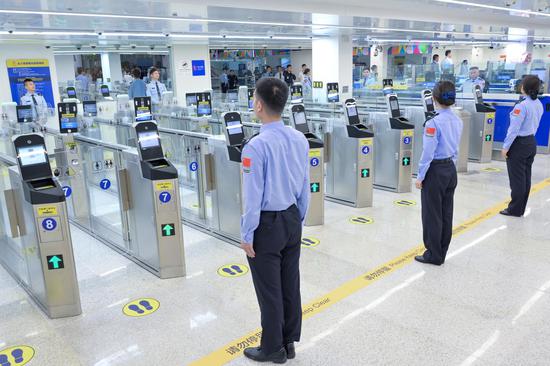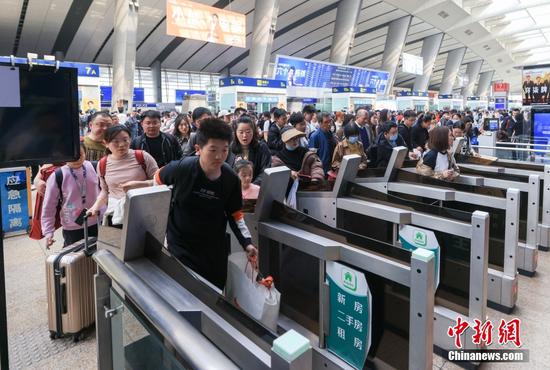
A stall of liangpi, a cold noodle dish, attracts visitors during an Asian food festival in Markham, Ontario, Canada, in June. (YU RUIDONG/CHINA NEWS SERVICE)
Word-of-mouth appeal
According to the 2023 Snack and Fast Food Category Development Report by the Hongcan Industry Research Institute, the market surpassed 80 trillion yuan ($11.25 trillion) by the end of 2023, with over 4 million snack and fast-food outlets nationwide. About 30 percent of brands have over 50 outlets, and 2.9 percent have more than 500.
Chinese snack and fast-food options are diverse, including noodles, rice dishes, buns, dumplings, wontons, pancakes, and porridge. Typically, Chinese cuisine offers a wide range of flavors and involves complex cooking processes, which can be a challenge for standardization compared with Western fast food. However, Chinese fast-food chains are finding ways to adapt.
For Wang Guoyu, founder of Nan Cheng Xiang in Beijing, efficiency is crucial in the food industry. With over 200 outlets, Nan Cheng Xiang earned 1.5 billion yuan in revenue last year, setting a bench mark for fast-food efficiency. Each outlet generates about 10 million yuan annually, which is five to ten times the industry average.
Nan Cheng Xiang mainly operates as a community canteen in residential areas, offering all-day service and a cost-effective menu. For instance, the average amount spent on lunch is around 30 yuan, which attracts regular customers such as parents with children and seniors.
A notable aspect of Nan Cheng Xiang's strategy is its exclusive focus on Beijing for the past 21 years, without franchising, financing, IPO plans, or advertising. Instead, it relies on word-of-mouth and the appeal of its outlets. Wang believes that expanding the company's footprint in Beijing is more effective than spending on ads.
Unlike mall-based outlets, community stores have flexible operating hours, opening from 6 am to 10 pm to maximize revenue. Wang said that rent and labor are the major cost factors in Beijing's food industry, and full-day operations require careful management.
To enhance efficiency, Nan Cheng Xiang continuously adjusts kitchen layouts and streamlines processes. They employ a unique organizational structure, known as the "UFO-shaped model", which eliminates middle layers and enables direct communication between the headquarters and outlets. The team at headquarters is kept lean, with just over 30 staff members.
Efficient ingredient sourcing and distribution are also priorities for Nan Cheng Xiang. Besides their central kitchen in Daxing district, they are building another one, Wang said. Vegetables are processed at their factory in Hebei province, 60 kilometers from Beijing, and delivered to stores ready for cooking.
Selecting prime locations in communities can be challenging due to limited availability. Nan Cheng Xiang's site selection team uses digital tools and on-site inspections to make informed decisions. "However, securing desired locations often requires patience, with waiting times of up to two to three years," he said.
Nan Cheng Xiang's outlets also undergo daily adjustments based on market trends and efficiency improvements.


















































 京公网安备 11010202009201号
京公网安备 11010202009201号